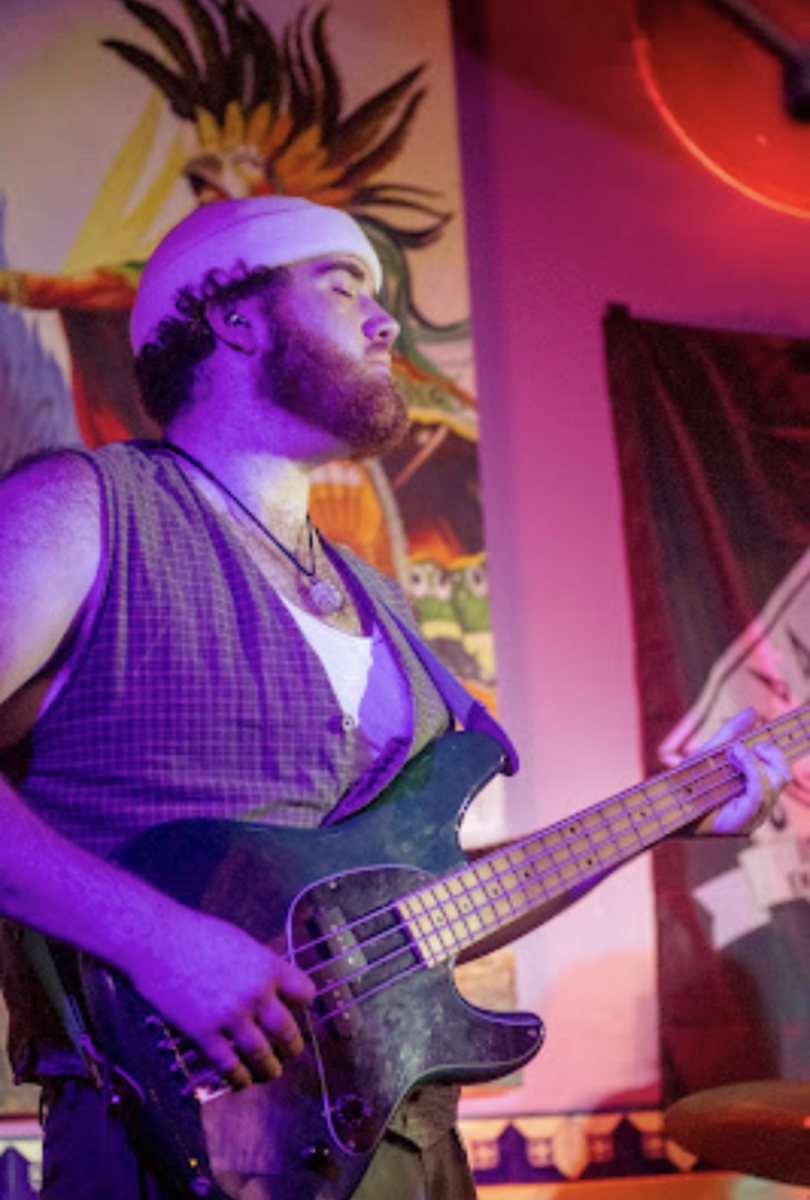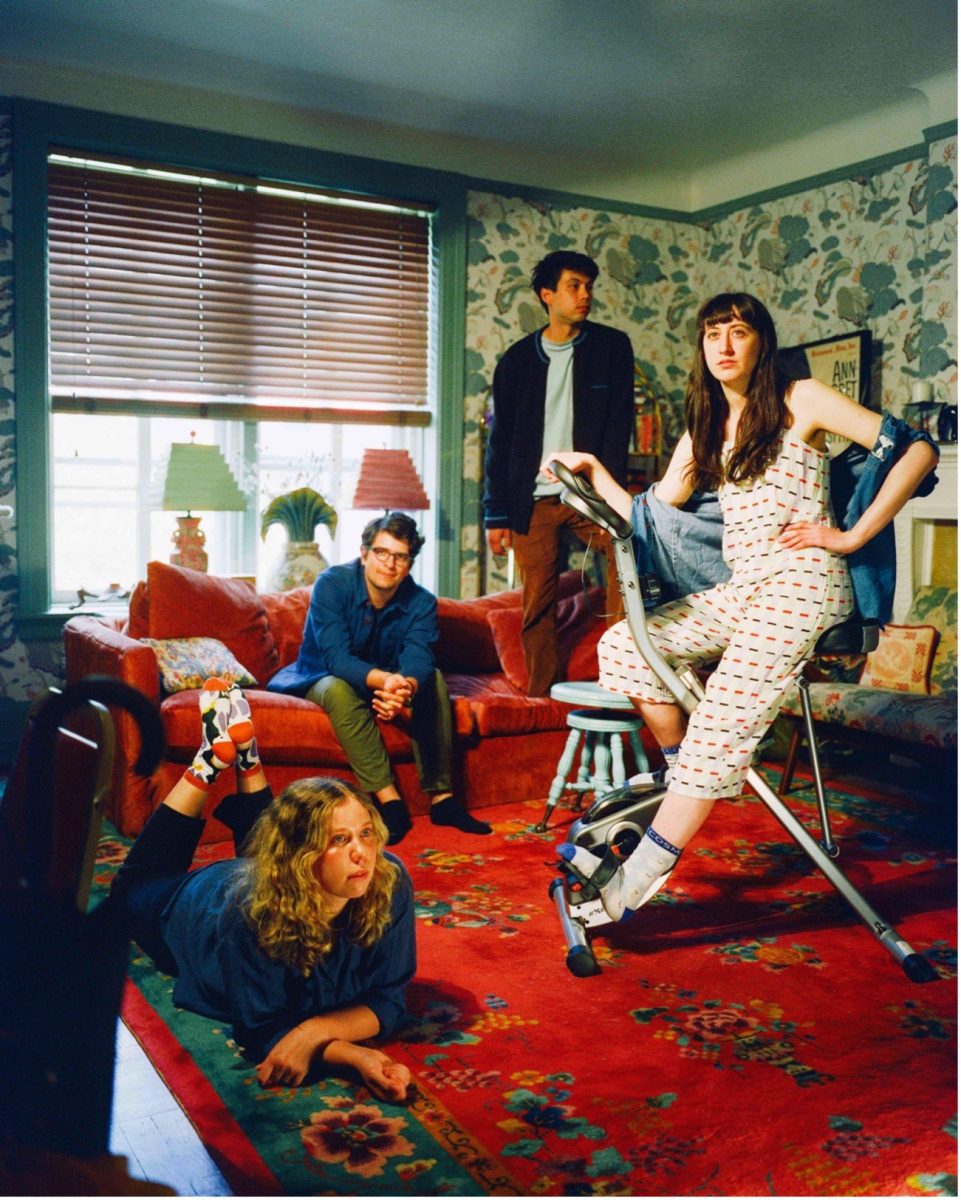
Please don’t ask me to tell you that “Thor: Ragnarok” is the best Marvel film to date. I wouldn’t dare to call it a useless exercise to compare these films, but I would argue that it is not necessary in this case. “Thor: Ragnarok” is not trying to compete; it’s simply trying to have fun.
Brought to us by director Taika Waititi of “What We Do in the Shadows,” “Hunt for the Wilderpeople” and a few episodes of “Flight of the Conchords,” this CGI-packed action comedy bears a greater resemblance to his previous work than one might expect. Applying Waititi’s self-described “comedy of the mundane” style, “Thor: Ragnarok” brings a fresh perspective to the “Thor” franchise and the greater Marvel Cinematic Universe (MCU).
From the opening moment of the third Thor movie, it is obvious that its comedy is designed to subvert the expectations of the audience. As Thor (Chris Hemsworth) seemingly delivers the cliché “you’re probably wondering how I got here” monologue, viewers initially go through the motions of this trope, but the movie ultimately makes it feel special.
We are quickly introduced to the stakes of the film when Thor comes face to face with the demon Surtur (Clancy Brown) who exposes his destiny to bring an end to Asgard in the event known as Ragnarok. This interaction becomes something of an excuse for us to watch Thor fight off an entire army of faceless enemies with his hammer, but I am always comfortable with the fact that a large portion of my movie ticket for films like these pays extraordinarily creative and talented people to convincingly animate comic book action.
Following a challenging-enough victory and Thor’s return to Asgard, a disappointingly short Doctor Strange cameo leads into the revelation that Thor and Loki’s (Tom Hiddleston) terrifying but seductive older sister and goddess of death Hela (Cate Blanchett) is on her way back from exile to conquer Asgard. Thor loses his hammer and finds himself lost in space, and all of this exposition is finally set aside for an adventure on the junkyard planet of Sakaar.
Thor meets some excellent new MCU characters on Sakaar, including an Asgardian alcoholic played by a beautiful and rough-around-the-edges Tessa Thompson, the eccentric Grandmaster of a compulsory gladiator competition (Jeff Goldblum) and the comic-relief character of Korg, voiced by director Waititi who assumes a mild-mannered take on his own New Zealand accent. His voice hilariously contrasts Korg’s hulking rock-like appearance.
Speaking of hulking characters, marketing for “Thor: Ragnarok” could not risk saving a certain someone’s reveal for the film itself, so it is no secret that Hulk is a main character. Of course, he brings excitement. However, what is more important is that this is the first time in a live-action movie that audiences have really gotten quiet moments with the character that are not structured around quelling his anger. Before Thor 3, I knew Hulk was a powerful asset to the Avengers with a potentially emotional side to him, but this movie actually builds a personality for Hulk that can continue to pay off in future entries to the MCU franchise.
As I mentioned earlier, one of the reasons the comedy in this film feels so new for Marvel is the Waititi brand. In his brand of comedy, characters don’t deliver complex comedic dialogue or make the cleverest reference; instead, characters are funny in the same way that normal people unconsciously create moments of humor in conversation. Just like “What We Do in the Shadows” brings this style of humor to the relationship between vampire housemates, “Thor: Ragnarok” provides a stage for superhuman characters to occasionally act ordinary. Marvel tends to get this right, but Waititi’s unique approach to humor works especially well. It is no surprise that he has claimed that 80 percent of this movie is improvised.
Although partially the result of its comedic priorities, this movie felt somewhat lacking in meaningful stakes. A recurring theme in the film is that “Asgard is not a place; it’s a people”. The storytellers expect the audience to care about the people of Asgard because we care about Thor. But my issue with this is that I guess I don’t understand this place. Why is there a community of common people living there at all? It may be too late in the franchise to raise this grievance, but because the people of Asgard were brought into focus, giving a greater voice to at least one average citizen may have made me care a bit more about the fate of the community.
I don’t want to make a judgment on whether or not “Thor: Ragnarok” is the best entry into the MCU. For some people at Disney, making the best MCU film might matter, but for others, this is obviously about having a great time bringing celebrated characters to life. The latter is the spirit of the third “Thor” film. It’s not going to get many newcomers on board with Marvel films. But for the fans potentially becoming fatigued with these movies or superhero movies in general, I like to think that “Thor: Ragnarok” can remind us that all the MCU needs to be is a playground. As long as Disney and Marvel continue to hire good creators like Waititi with their own vision, I’m very willing to continue watching these stories get told.
Dillon MacInnis can be reached at [email protected].


















